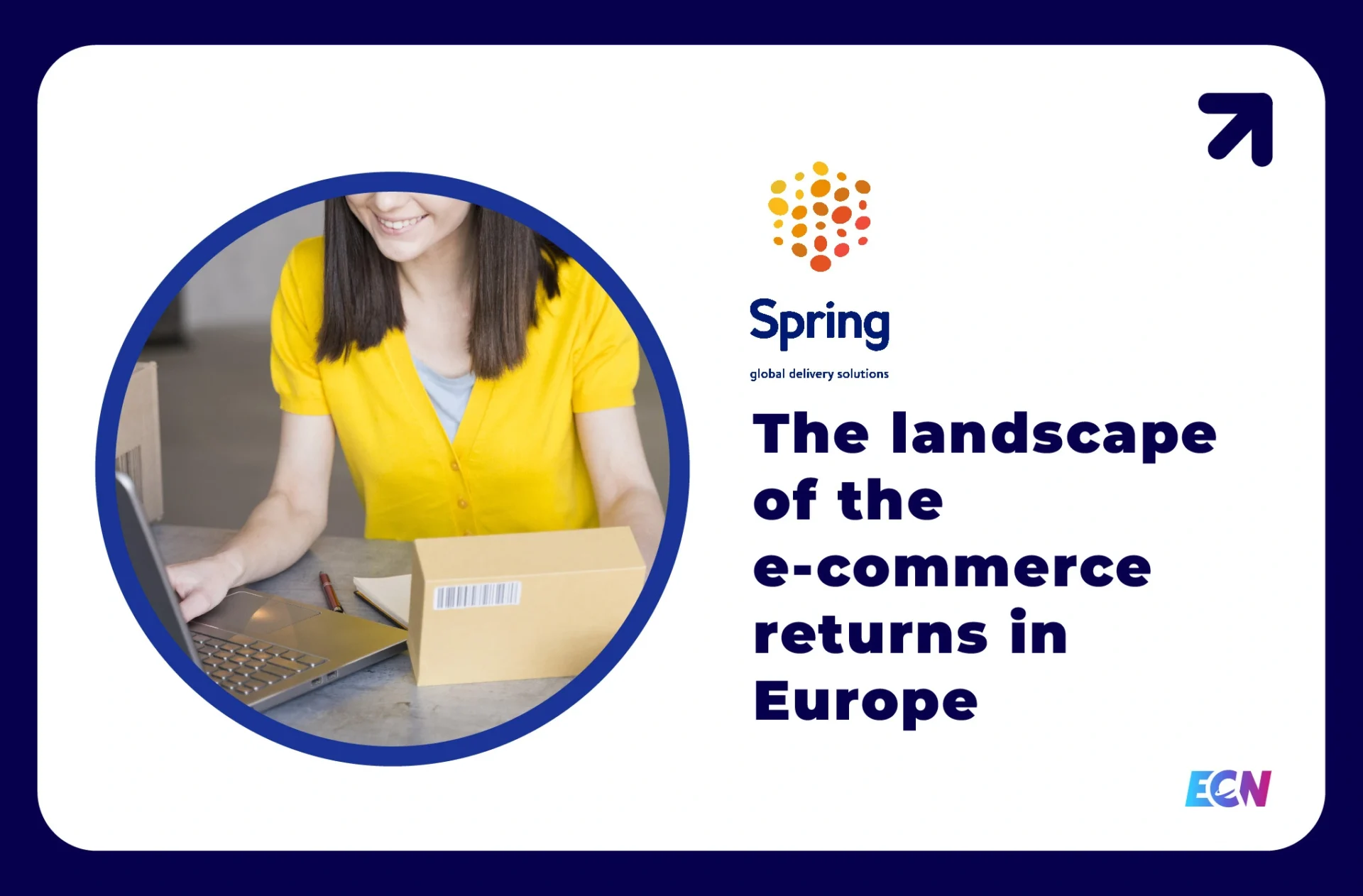Social Commerce: Integrating your E-Commerce on Social Media Platforms
We’ve already seen that M-Commerce is on the rise, but now social media platforms are integrating payment systems into their sites to allow their users to purchase directly from brands. Mixing convenience with hedonism, it’s now easier than ever to buy the hat that popular guy on Instagram was wearing. Social commerce is set to explode this year, and there are certain facts that you need to know to be ready to take advantage of it.
4 in 10 users have purchased an item after having shared it on social media.
Merely using social media to gather important information on consumers is giving companies a marked advantage. 4 in 10 users have purchased an item after having shared it on social media. This means that the more viral a product post is on social media, the higher the purchase rate for that item will be. It’s important for E-commerce site owners to share their products regularly on social media to improve visibility and sales. This visibility has been measured- 3 out of 4 consumers consult social media to make a purchase decision and the same amount of consumers are more willing to purchase based on a social media recommendation by a friend.

With the amount of traffic coming from social media, it’s important to think about how you will adapt your strategy for each platform that you use to communicate with customers. No two social media platforms are the same, and treating them as such can be detrimental to the success of your campaigns. We’ve broken down the top 5 social media platforms with important statistics and tips to help your strategy.
Facebook Strategy: The Social Commerce Giant
Facebook continues to be the global leader when it comes to social engagement and with over a billion users, it’s hard not to see why. In fact, Facebook has more users than Whatsapp, Instagram, and Twitter…combined. In the US, for every 5 pages consulted on the web, one of those pages is on Facebook.
By 2013, 75% of social generated e-commerce revenue came from Facebook, Twitter, and Pinterest.
By 2013, 75% of social generated e-commerce revenue came from Facebook, Twitter, and Pinterest. More users than ever are using social media to scope out new products and learn more about the brands selling them. In fact, almost 40% of Facebook users like company pages in order to research future product purchase. Knowing this, over 90% of marketers are using Facebook ads to target potential customers. It’s true that Facebook ads have been renowned for the ease of targeting on very specific guidelines.

Using Facebook is a great idea for most brands, as almost half of all consumers like a Facebook page to support a brand and get product updates. Engaging on Facebook naturally should include 1-2 posts per day, as Facebook’s algorithms prevent spamming users with information à la Twitter. Program your posts on the weekend– Sundays get 52.9% more engagement. If visibility is what you’re aiming for, the highest visibility on Facebook is mid-week between 1pm and 3pm. Don’t be afraid to call your users to action- it yields 2.85 times more click through, with the safer “Learn More” being the most popular call to action with Facebook users.
Pinterest: Inspire your Customers on using social commerce
One of the biggest social media platforms set to explode this year is Pinterest. As of October of 2015, there were over 60 million shop-able pins. While it’s true that Facebook has a larger user-base and there are more people that shop on Facebook, 16% of all social media revenue is driven by Pinterest and it more than doubles the average purchase amount of Facebook.
80% of Pinterest users consult the site for shopping, and almost half consult Pinterest in lieu of shopping catalogues
How do you use Pinterest for E-Commerce? It’s important to know why your customers go there. Pinterest is a social media about discovery and inspiration. With the ability to create “boards” of things and ideas that users like, it’s relatively easy to see what fits your customer’s style and interests. With 45% of users outside the US, it can be a great way to reach international customers.

Over 70% of Pinterest users use the social media to learn how to do things, DIY style. In fact, tutorials, guides, and DIY pins have a 42% higher click-through rate. If there is any alternative use to your products, this would be a perfect way to use the network. Pinterest is especially useful for shopping: 80% of Pinterest users consult the site for shopping, and almost half consult Pinterest in lieu of shopping catalogues. Think about adding pricing to your pins, as it promotes 36% more likes, and calls to action increases engagement by 80%.
15-30 pins per day gives the best results with headlines between 100 and 200 characters
The success of your pins depends on what day it’s posted. Sundays result in stronger cooking and DIY pins, while #MondayMotivation is all about fitness. Tuesday tends to have tech pins doing well, and Wednesday is about inspiration and quotes. Shopping and fashion work better on Thursdays, and Fridays, when users are in a good mood, humor is the ticket to popular pins. Users often daydream on Saturday with pins about travel doing the best. In general, 15-30 pins per day gives the best results with headlines between 100 and 200 characters.
Twitter: Micro Marketing and social commerce
With over 320 million users, Twitter is the largest micro-blogging network. In 140 characters or less, users share their ideas, comment on politics and news, and interact with the use of #hashtags. 40% of adults in the US visit Twitter regularly, and the network boasts a projected 3.26 billion dollars in 2017 ad revenue.
How do brands communicate with users on Twitter? Twitter has become the preferred platform to communicate with brands by users, expecting instantaneous reaction and tweet reply. Twitter is generally seen as being a bit more fun, with brands letting loose and posting playful tweets-which do well with users and lend to the brand’s personalization, making them seem more human.

Engaging on Twitter requires as much forethought as other lengthier social media platforms. Tweets with photos and hashtags get double the amount of engagement, and tweets shorter than 100 characters jump engagement by another 17%. Tweets with links are 86% more likely to be retweeted (be sure to use a site like bit.ly to shorten your links).
If click-through is what you’re after, the sweet spot for a tweet is between 120-130 characters. Weekends tend to offer brands 17% more engagement. Afternoons are popular tweeting times as well, with the exception of dinner time (between 6 and 7 pm). Twitter is the most mobile of the social networks, with 66% of brand engagement from mobile users. Like with other social networks, don’t be afraid to ask for the retweet, which improves the chances 12 times over.
LinkedIn: The Leader of B2B
The tie-wearing social media, LinkedIn is the social network for professionals looking to connect with other like-minded professionals and learn more about their sectors. LinkedIn can be an incredible tool for generating leads and promoting B2B business, as well as improving your professional network. LinkedIn generates more leads for companies than Facebook, Twitter, or company blogs. With 414 million users, 70% of which reside outside the US, this can be especially helpful if marketing on a global scale.

Meaningful content production and sharing will bring more potential connections to your page and jump your follower rate. Engage on LinkedIn by posting articles, videos, slides (via the LinkedIn SlideShare site), and links. Posts with an image boost engagement probability by 98% and videos get a 75% higher share rate. The best times to post on LinkedIn are Tuesdays, Wednesdays, and Thursdays between 7-8 am and 5-6 pm. It’s best to avoid Mondays and Fridays, when most users are typically too busy to check LinkedIn.
Instagram: Your Brand’s Story in Photos
The top photo sharing app, Instagram affords its 300 million monthly users the ability to publish artistic photos of their lives, interests, and follow their friends. Instagram might be one of the most interesting ways to tell the story of your brand, allowing a visual representation of your brand’s core values. With 70% of Instagram users living outside the US, it can be a great tool with targeted hashtags for reaching international customers on a visual level.
Instagram engagement usually happens relatively quickly- 50% of comments on Instagram are posted within the first 6 hours
Additionally, showing your customers a behind the scenes look into your company helps promote a more human image that your buyers can relate to. With the launch of targeted ads, Instagram makes it even easier to improve visibility with the right audiences. Calls to action have been added, and the new implementation of videos will jump post engagement among users.

While there might be more users on other social networks, users are more active on Instagram. Brand engagement on the social platform is 58 times higher than Facebook, and 128 times higher than Twitter. Using @mentions (like tags) get 56% more engagement, and adding locations improves it by 79%. To engage users on Instagram, it helps to have an eye for the aesthetic: photos with single dominant colors tend to get more likes. Engagement usually happens relatively quickly- 50% of comments on Instagram are posted within the first 6 hours (and 75% within the first 48 hours). The best times to post on Instagram are Wednesdays between 2 and 5 pm. Avoid 9 am and 6 pm, when users are likely to not be browsing the app.
With the amount of E-commerce traffic that is already coming from social media, removing obstacles from the customer’s first product exposure to sale can only benefit your sales. Social media was already heavily influencing sales, but this will only amplify in the coming year and having your E-commerce on these networks and using them in your digital strategy will maximize your visibility and return.
Regardless of which of these social networks is right for your E-commerce, adapting your strategy to each network is integral to communicating with your consumers. Users expect different things from each platform, and an effective strategy includes meeting those expectations and surpassing them.





